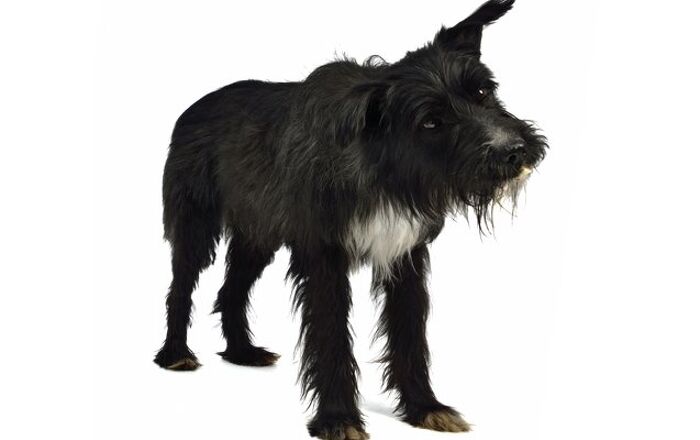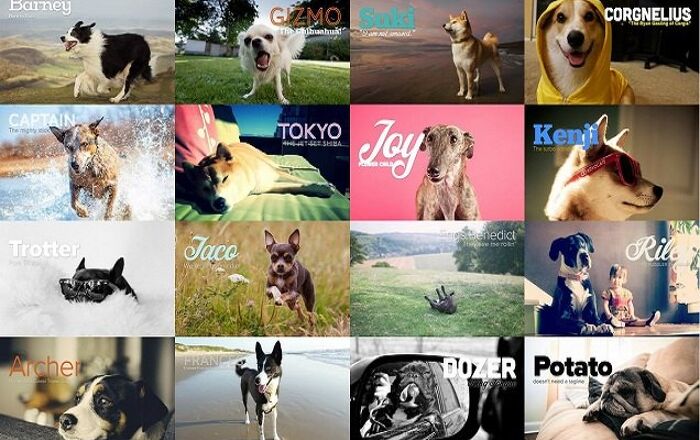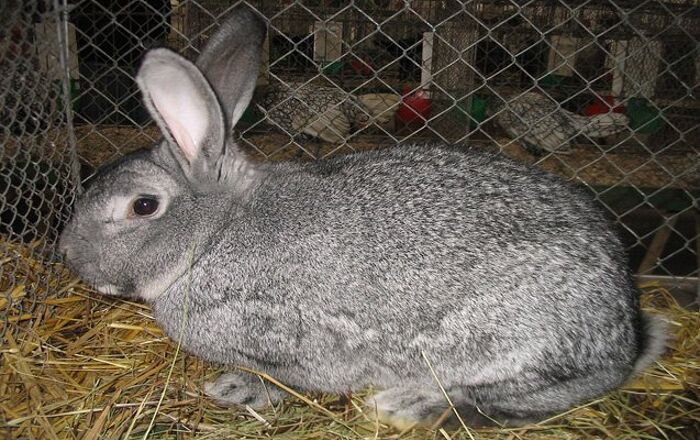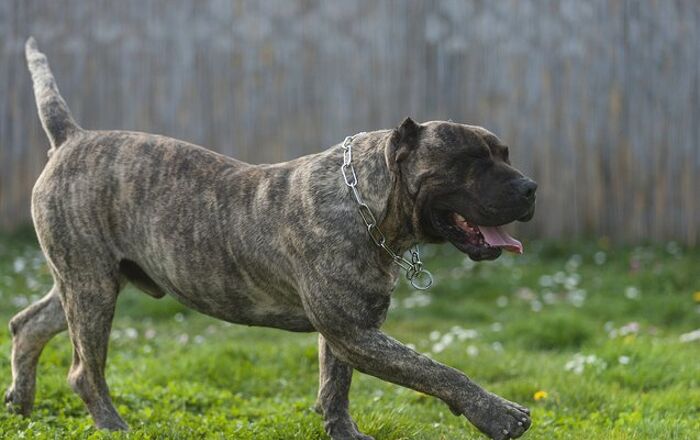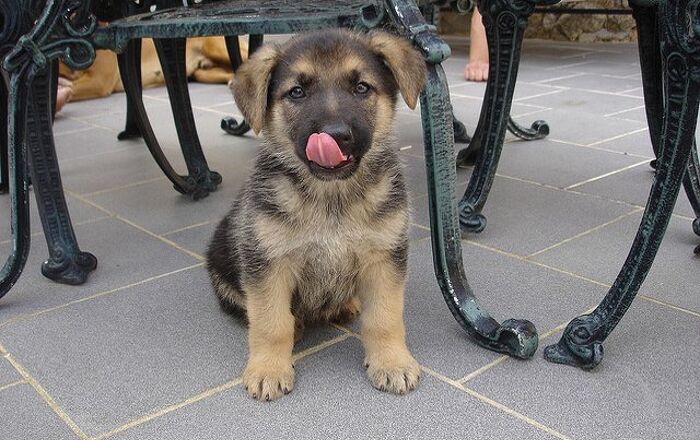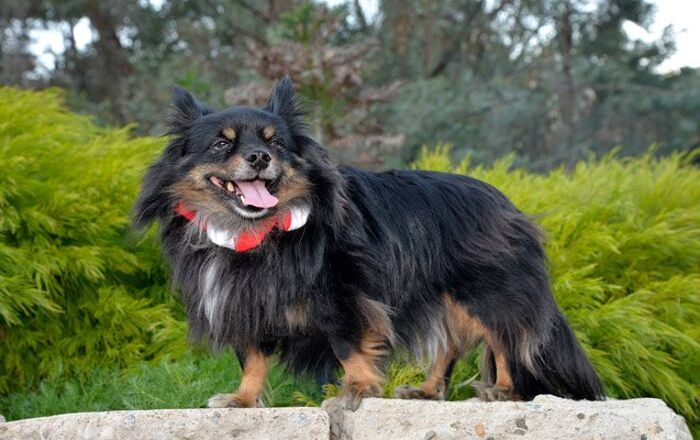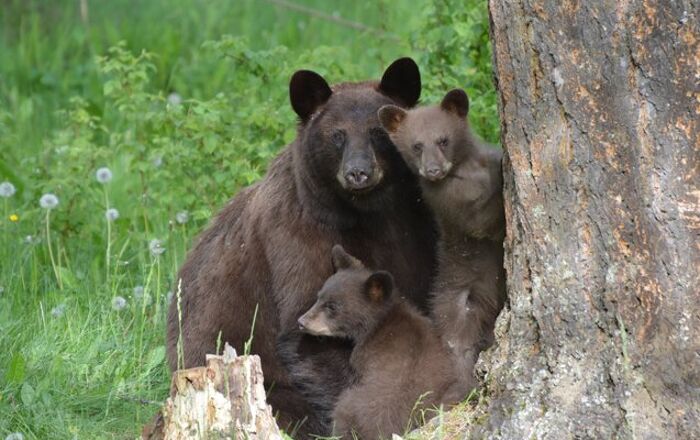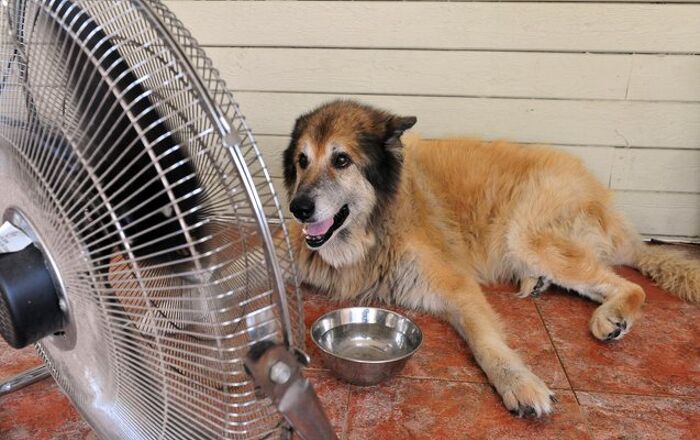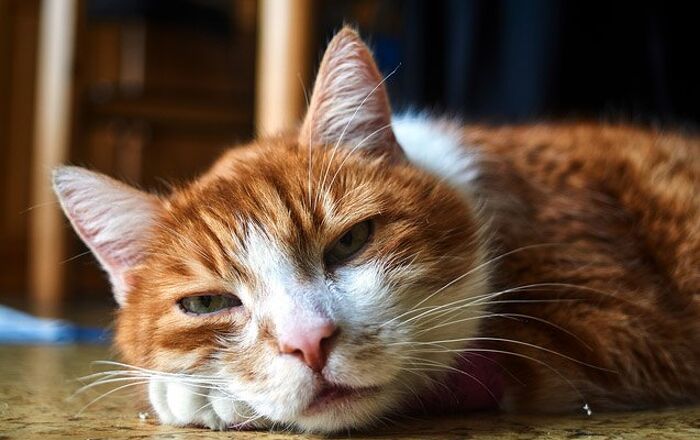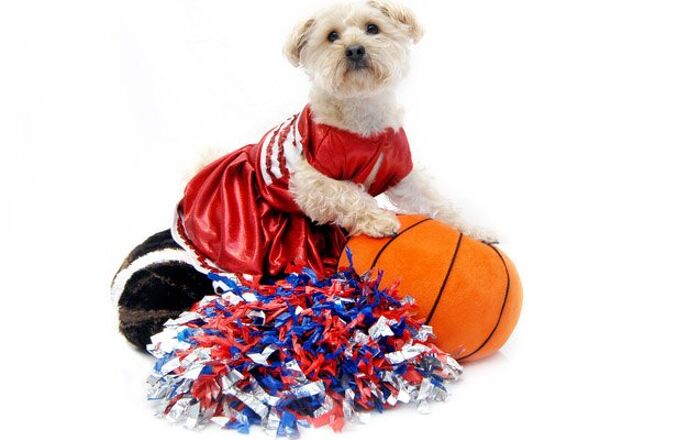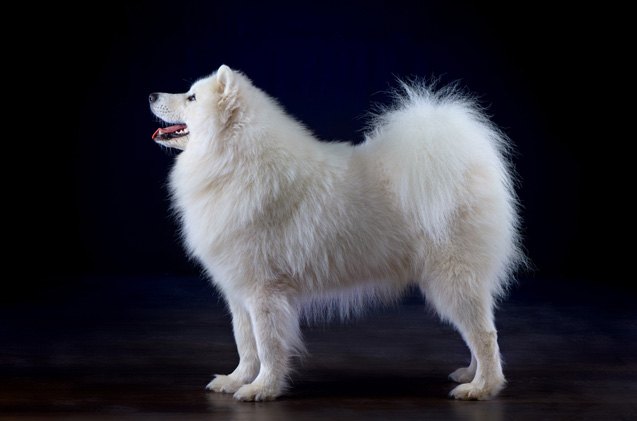
Giant Spitz Basics
The Giant Spitz lives up to its name with his classic, spitz-like characteristics and his large size. These dogs have thick double coats, foxlike faces, pointed ears, and fluffy tails carried high over their backs. There are many different spitz breeds out there and they come in a wide variety of sizes, but the Giant Spitz is on the higher end of the spectrum. These dogs were traditionally used for guarding and they are still capable of fulfilling that role, though they are more commonly kept as family pets these days.
The Giant Spitz lives up to its name with his classic, spitz-like characteristics and his large size.
Origin
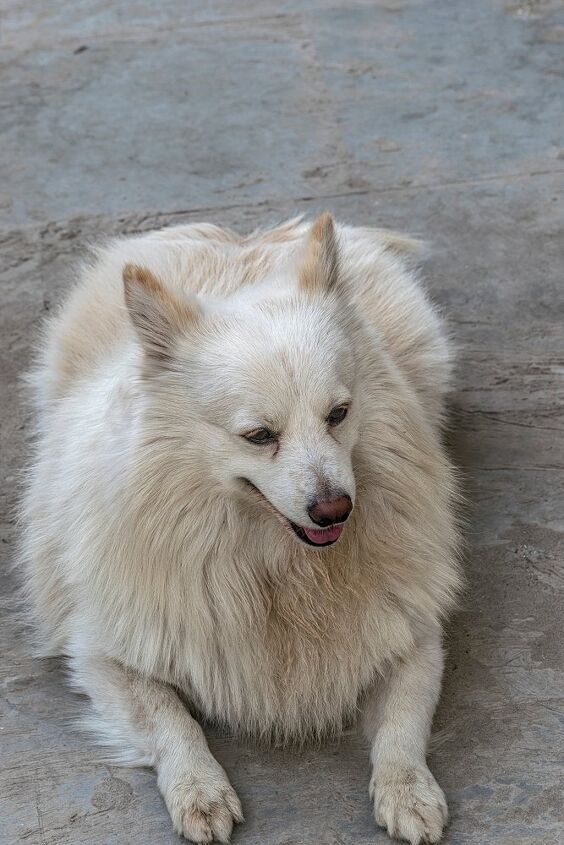
The Giant Spitz is descendant from various spitz type breeds. The exact origins of the type are unknown, but most dogs of the spitz type that exist today originate from the Arctic region or Siberia. The Giant Spitz’s ancestors are thought to come from an area between Poland and Germany known as Pomerania where they were likely bred from Nordic herding breeds like the Samoyed and the Lapphung. A document from 1450 describes the breed as a brave defender of the home but they later came to be kept by nobility and royalty during the 1700s.
After the First World War, numbers declined sharply along with many other German breeds and, when they were brought to America, they were given the name Giant Spitz. Though numbers remained low for many years, the breed saw some revival in the 1970s. Though numbers are still low, it is currently recognized by the UKC and is in the AKC Foundation Stock Service program.
Pedigree
The Giant Spitz is one of several German spitz breeds and, as such, is descendant from the Wolfsspitz who hails from the nineteenth century.
The Giant Spitz is an intelligent and trainable dog.
Food/Diet
The Giant Spitz should be fed a high-quality adult dog food formula. Like all dogs, this breed requires a diet rich in protein, moderate in fat, with carbohydrates to provide additional energy as well as fiber and essential nutrients. It should not be necessary to feed this breed a size-specific formula.
Training
The Giant Spitz is an intelligent and trainable dog, though they do require a firm and consistent hand in training so they are best kept by experienced dog owners. These dogs learn quickly and they will respond well to training as long as you keep the sessions short and sweet – they are likely to ignore commands if they become bored. Consistency is very important when it comes to using the same commands, enforcing those commands, and issuing praise or rewards. You need to establish yourself as an authority figure if you want your Giant Spitz to listen to you.
Weight
Though the Giant Spitz is the largest of the German spitz type breeds, he just misses the weight range to qualify as a large-breed dog. This breed stands 16 to 18 inches tall and weighs 33 to 44 pounds at maturity.
Temperament/Behavior
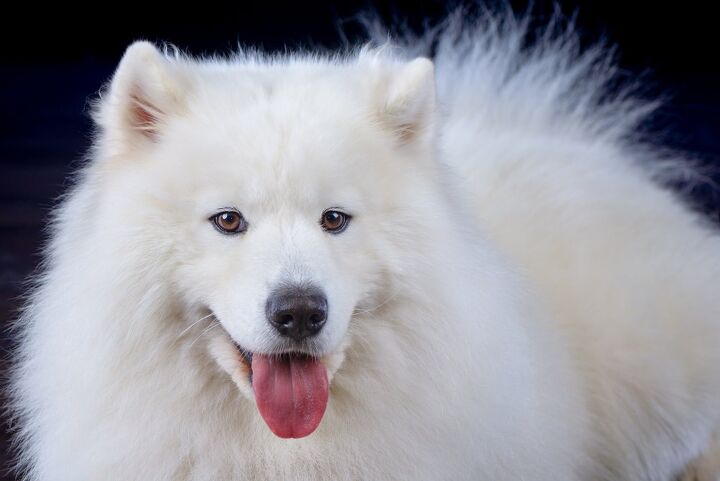
The Giant Spitz is a cheerful and playful breed that enjoys spending time with family. While they are not an overly clingy breed, they do not enjoy being left alone for long periods of time. These dogs are naturally very alert and their watchful tendencies makes them a good watchdog, though they are not aggressive at all. This breed does tend to bark when the doorbell rings and is likely to jump up on guests, so start training early. When properly trained and socialized, this breed generally does well with children, though he is also a great companion for an elderly owner.
Common Health Problems
The Giant Spitz is generally a healthy breed with few known genetic health problems. Some of the health issues to which he may be prone include patellar luxation, hip dysplasia, and seizures.
Life Expectancy
The average lifespan for the Giant Spitz is 12 to 14 years.
Exercise Requirements
The Giant Spitz is an active breed, but his daily needs for exercise are not excessive. In fact, these dogs are highly adaptable – they will be just as happy with a 20-mile hike as they would be with a 30-minute walk. A minimum of 30 minutes of exercise per day is recommended.
The Giant Spitz is a cheerful and playful breed that enjoys spending time with family.
AKC
The Giant Spitz is not currently recognized by the AKC but it is in the Foundation Stock Service program. It is recognized by the FCI in Group 5, Section 4.
Coat
The Giant Spitz has the typical spitz-type coat – it is long, thick, and double layered. The undercoat is short and dense while the outer coat is long, harsh, and straight. The hair is a little shorter on the head and longer on the chest, neck, and tail. The accepted colors for this breed include white, black, and brown. Frequent grooming and brushing is recommended for this breed.
Puppies
The average litter size for the Giant Spitz is fairly small, between 1 and 4 puppies. Though these dogs are generally friendly and even-tempered, early socialization and training is always recommended. This breed has the potential to do well with children as well as other dogs and household pets when they are raised together, so keep that in mind as well.
Photo credit: Vitali Aulasenka/Shutterstock; AMARJEETSINH JHALA/Shutterstock

